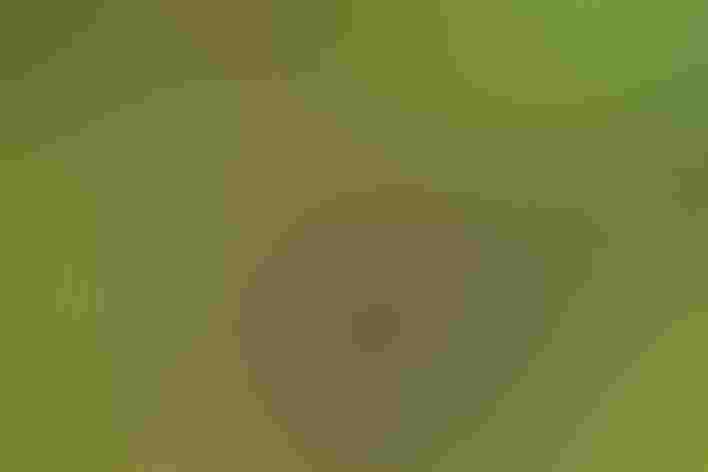Mallard
At a Glance
Abundant over most of the northern hemisphere, the Mallard is the most familiar wild duck to many people, and the ancestor of most strains of domesticated ducks. In many places this species has managed to domesticate itself, relying on handouts in city parks. Although barnyard and feral ducks may be dumpy and ungainly creatures, the ancestral wild Mallard is a trim, elegant, wary, fast-flying bird.
All bird guide text and rangemaps adapted from by Kenn Kaufman漏 1996, used by permission of Houghton Mifflin Harcourt Publishing Company. All rights reserved.
Category
Duck-like Birds, Surface Feeding Ducks
IUCN Status
Least Concern
Habitat
Fields, Meadows, and Grasslands, Freshwater Wetlands, Lakes, Ponds, and Rivers, Saltwater Wetlands, Urban and Suburban Habitats
Region
Alaska and The North, California, Eastern Canada, Florida, Great Lakes, Mid Atlantic, New England, Northwest, Plains, Rocky Mountains, Southeast, Southwest, Texas, Western Canada
Behavior
Direct Flight, Swimming
Population
19.000.000
Range & Identification
Migration & Range Maps
Fall migration extends over long period; migrates relatively early in spring. Since pairs form in fall and winter, male probably follows female to breeding areas. Feral populations may be permanent residents, but all wild Mallards in North America are probably migratory.
Description
18-27" (46-69 cm). Male's green head contrasts with yellow bill, white neck ring, reddish chest, gray body. Female mottled brown, with black smudges on orange bill. Both sexes show patch (speculum) on trailing edge of wing, blue with white borders. Note: in the northeast, Mallard and American Black Duck often crossbreed, producing intermediates. Compare the female to Mottled Duck in Florida and along the Gulf Coast, and to Mexican Duck in the southwest.
Size
About the size of a Mallard or Herring Gull
Color
Blue, Brown, Gray, Green, Orange, Yellow
Wing Shape
Broad, Pointed, Tapered
Tail Shape
Rounded, Short, Square-tipped
Songs and Calls
Male utters soft, reedy notes; female, a loud quack.
Call Pattern
Flat, Simple
Call Type
Croak/Quack
Habitat
Marshes, wooded swamps, grain fields, ponds, rivers, lakes, bays, city parks. May occur in any kind of aquatic habitat, but favors fresh water at all seasons; only sparingly on coastal waters, mainly in winter on sheltered bays and estuaries. Most abundant in summer on prairie potholes and in semi-open country north of the prairies. Most abundant in winter on swamps and lakes in lower Mississippi Valley.
Sign up for 约炮视频's newsletter to learn more about birds like the Mallard
Behavior
Eggs
7-10, sometimes 5-15. Whitish to olive buff. Incubation is by female, 26-30 days.
Young
Leave nest within a day after hatching, are led to water by female. Young are tended by female but feed themselves. Age at first flight 52-60 days. 1 brood per year, perhaps rarely 2.
Feeding Behavior
forages in water by dabbling, submerging head and neck, up-ending, rarely by diving; forages on land by grazing, plucking seeds, grubbing for roots.
Diet
omnivorous. Majority of diet is plant material, including seeds, stems, and roots of a vast variety of different plants, especially sedges, grasses, pondweeds, smartweeds, many others; also acorns and other tree seeds, various kinds of waste grain. Also eat insects, crustaceans, mollusks, tadpoles, frogs, earthworms, small fish. Young ducklings may eat mostly aquatic insects.
Nesting
Pairs form in fall and winter. Displays of male include dipping bill in water and then rearing up, giving whistle and grunt calls as he settles back on water; raising head and tail while giving sharp call; plunging forepart of body deep in water and then flinging up water with bill. Nest: Female, accompanied by male, seeks and chooses site for nest. Site may be more than 1 mile from water; usually on ground among concealing vegetation, but may be on stump, in tree hollow, in basket above water, various other possibilities. Nest is shallow bowl of plant material gathered at the site, lined with down.
Conservation
Conservation Status
Still one of the most abundant ducks in the world. Numbers fluctuate considerably, and population of northern Great Plains is probably permanently reduced from historical levels. Status of wild birds is clouded by large number of feral populations.
Climate Threats Facing the Mallard
Choose a temperature scenario below to see which threats will affect this species as warming increases. The same climate change-driven threats that put birds at risk will affect other wildlife and people, too.














